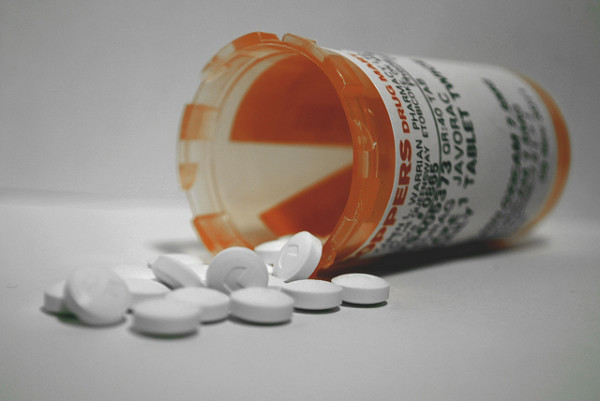The term “shopping” brings to mind brand-name clothing and handfuls of bags with logos stamped across them. On the other hand, the word “doctor” invokes images of white coats, stethoscopes, and professionalism. “Doctor shopping“, then, may sound like a thoroughly incongruous activity. In fact, it is an illegal act and a detrimental problem for healthcare professionals.
“Doctor shopping” describes a phenomenon where one patient deliberately sees multiple physicians for the same complaint in an attempt to obtain prescription drugs from all of them. Such drugs often go to feed an addiction, and some doctor-shoppers may even refer fellow drug-seekers to doctors who are particularly generous with prescriptions. Doctor shopping poses an increasingly serious problem at various levels of the healthcare system, as it skews public data on distribution of opioids and contributes significantly to the almost 25,000 deaths that occur annually from overdosing on prescription drugs. In fact, 21.4% of cases of pharmaceutical overdose fatalities involve some doctor-shopping beforehand, and the amount of painkillers prescribed across the nation has more than quadrupled since 1999, despite reported national pain levels remaining the same.
Such abuse of the primary care system calls, necessarily, for countermeasures. So, what is being done about patients who doctor-shop?
Image Source: Dan Dalton
One nationwide strategy to reduce doctor shopping has been to limit the prescriptions handed out by doctors everywhere. Instead of prescribing painkillers, more and more doctors are working with patients to work out safer pain management methods, such as the use of anti-inflammatory medicines like ibuprofen, instead of prescription painkillers.
In addition to these actions by health professionals, state laws labeling doctor shopping as fraud have also been widely implemented, with some states like South Dakota and Montana going so far as to establish explicit laws against doctor shopping. Generally, however, all 50 states include doctor shopping under a general fraud statute derived from the Uniform Controlled Substances Act (1970).
To facilitate physicians’ and policymakers’ efforts, states have also intervened with Prescription Drug Monitor Programs (PDMPs), electronic databases that track patients’ prescriptions and monitor state-wide drug dispensing. Though a relatively new implementation, PDMPs allow health professionals to have easy access to patients’ history with prescription drugs and thus provide a reliable indicator of possible doctor-shopping patients.
Thanks to the implementation of such solutions, deaths resulting from drug overdoses–and from prescription painkillers in particular–have finally begun to go down in recent years. With continued development of countermeasures, such as increased research into the role of PDMPs, doctor-shoppers will eventually learn that physicians and their rights to medication are far less expendable than anything else they might go shopping for.
Featured Image Source : The Javorac










